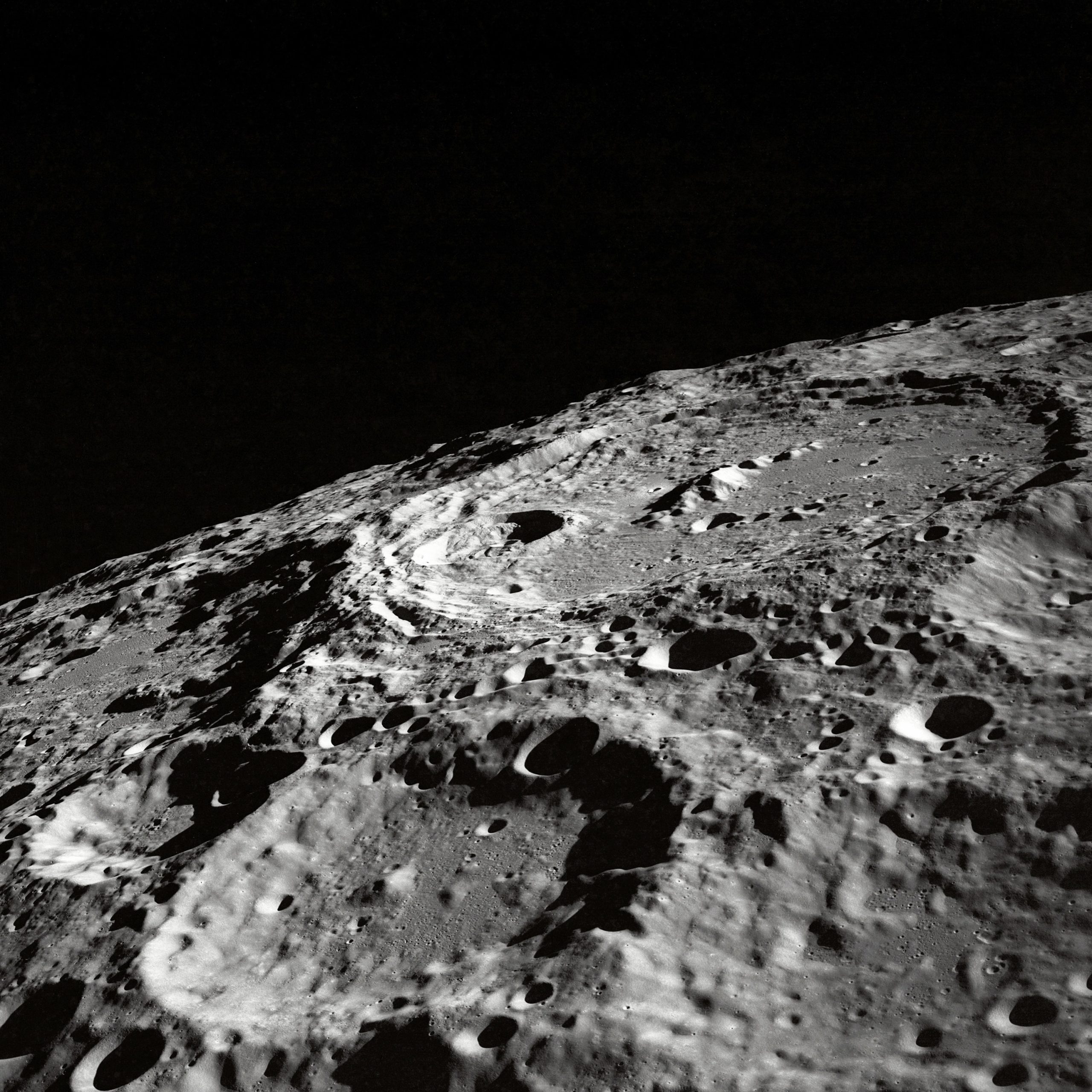What Do the Different Phases of the Moon Mean?
As Earth’s celestial companion, the moon has captivated humans for centuries. Its ever-changing appearance in the night sky has inspired countless legends, poems, and songs. The moon’s phases, which appear as different shapes throughout its monthly journey, add to its mystical allure. In this blog post, we will explore the meaning behind the different phases of the moon, demystifying this natural phenomenon.
The Moon’s Phases: A Brief Overview
Before diving into the deeper significance of each phase, it’s important to understand the basic science behind the moon’s cyclical changes. The moon completes one orbit around Earth in approximately 29.5 days, which is known as a lunar month. During this time, the sun’s illumination causes the moon to transition through eight distinct phases:
- New Moon
- Waxing Crescent
- First Quarter
- Waxing Gibbous
- Full Moon
- Waning Gibbous
- Last Quarter
- Waning Crescent
The Symbolism and Meaning of Each Phase
1. New Moon
The new moon occurs when the moon is positioned between the Earth and the sun, resulting in the moon’s unilluminated side facing the Earth. This phase symbolizes new beginnings, growth, and the potential for change. It is a time of planting seeds, setting intentions, and embarking on new endeavors.
2. Waxing Crescent
During the waxing crescent phase, a small, curved portion of the moon becomes visible. This phase represents intention-setting and the manifestation of goals. It signifies a period of growth, learning, and taking actions to achieve desired outcomes.
3. First Quarter
When half of the moon’s face is illuminated, we experience the first quarter phase. This phase represents decision-making, overcoming challenges, and taking responsibility. It encourages us to evaluate our progress, make adjustments, and persevere in pursuit of our goals.
4. Waxing Gibbous
In the waxing gibbous phase, the majority of the moon becomes visible, with only a small portion remaining in shadow. This phase symbolizes refinement, fine-tuning, and preparation for abundance. It is a time to focus on detail-oriented tasks and make any necessary adjustments before reaping the rewards of our efforts.
5. Full Moon
When the moon is fully illuminated and appears as a perfect circle in the night sky, we reach the enchanting full moon phase. Full moons have long been associated with heightened emotions, clarity, and illumination. They symbolize the completion of projects, the culmination of intentions, and the realization of our deepest desires.
6. Waning Gibbous
As the moon transitions from full to new, it enters the waning gibbous phase, during which its illuminated area begins to decrease. This phase invites us to reflect on the fullness of our experiences, release what no longer serves us, and practice self-care. It signifies a time of surrender, introspection, and letting go.
7. Last Quarter
When half of the moon is once again illuminated, we enter the last quarter phase. This phase represents evaluation, reassessment, and the opportunity for course correction. It encourages us to learn from past experiences, celebrate achievements, and identify areas for growth and improvement.
8. Waning Crescent
During the waning crescent phase, only a sliver of the moon is visible, signifying the end of the lunar cycle and the imminent arrival of a new moon. This phase is associated with rest, rejuvenation, and spiritual cleansing. It is a time to release any remaining attachments or negative energy before embracing the upcoming cycle of growth and renewal.
Harnessing the Moon’s Energy
Throughout history, different cultures have attached various meanings and rituals to the moon’s phases. Today, many individuals harness the moon’s energy by setting intentions, performing rituals, or engaging in spiritual practices during specific phases. Whether it’s meditating on new beginnings during the new moon or practicing gratitude and manifestation during the full moon, connecting with the moon can deepen our connection to ourselves and the universe.
The Beauty of Lunar Phases
While understanding the symbolic meaning of each lunar phase can add a spiritual dimension to our lives, it is equally important to appreciate the moon’s unchanging beauty throughout its various stages. Whether it appears as a barely visible sliver or a radiant full disk, the moon continues to captivate us, reminding us of the vastness and wonder of the cosmos.
Next time you gaze up at the night sky and marvel at the moon, take a moment to appreciate not only its significance but also the sense of awe it evokes within us. The moon’s phases and the meanings we attach to them are a testament to our innate connection with the universe and our desire to find meaning in the celestial expanse above.
Table of Contents
